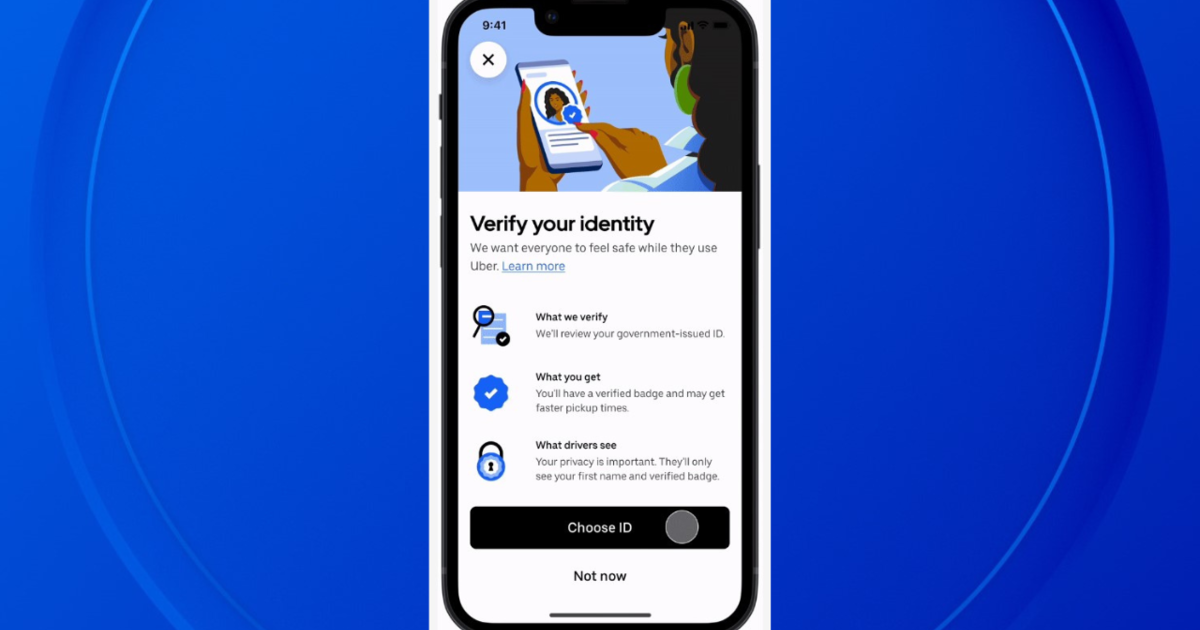Niowave Breakthrough Advances U.S. Navy Free Electron Laser Program
LANSING -- The United States Navy's goal to have a high-powered laser capable of knocking down incoming missiles has taken another step forward in a former elementary school gymnasium in Lansing.
Free electron lasers convert the kinetic energy of a high power electron beam into powerful laser light -- a weapon that offers the Navy an unlimited supply of 'ammunition' as well as engagement at the speed of light.
On Nov. 14, a superconducting spoke cavity accelerated an electron beam at Niowave's accelerator test center in Lansing. Quentin Saulter, the free electron laser program manager during this achievement, said: "This breakthrough achievement is the first time in the world that a particle beam of any kind has been accelerated by a superconducting
spoke cavity."
The Navy's interest in the spoke cavity is its compact and rigid shape, which allows
operation at lower frequency with a 4º Kelvin (-452º Fahrenheit) commercial helium refrigerator. The spoke's inherent rigidity and other properties solve multiple problems faced by conventional accelerators, and reduce size, weight and cooling needs, thus bringing a shipboard FEL closer to realization.
Prototypes of the spoke cavity have been built by laboratories around the world, but to date none have actually accelerated a charged particle beam. The spoke cavity uses a complicated yet compact accelerating geometry to achieve performance comparable to conventional accelerators in a much smaller space. This successful demonstration is the result of a collaboration between Niowave, the Naval Postgraduate School, Old Dominion University and Los Alamos National Laboratory.
Funding for this project came from the Office of Naval Research.
Sarwat Chappell, the Free Electron Laser Program Manager for the Office of Naval Research, also explained the importance of this breakthrough: "The spoke accelerating structure is both compact and rigid, which long offered the hope to solve many technical challenges in deploying a shipboard free electron laser. Now Niowave has demonstrated the spoke cavity potential, which shows this type of accelerator is no longer just a promising idea. It will become the backbone of a shipboard free electron laser."
The experimental setup involved a 700 MHz double-spoke cavity operating at 4ºK. The spoke cavity demonstrated an accelerating voltage greater than 2.5 megavolts. The experimental team recorded a spectrum of high-energy x-rays, and measured the beam loading of the cavity. Both the x-ray spectrum and beam loading measurements were consistent with a 1 MeV electron beam.
The next step in the development program is to install the spoke cavity into a shielded enclosure in Niowave's recently dedicated high-power test facility to demonstrate high-current electron beams at the kilowatt level and above.
The same compact, high-power electron accelerator technology used by the Navy can also be adapted for commercial applications such as radioisotope production, x-ray sterilization and x-ray imaging.



